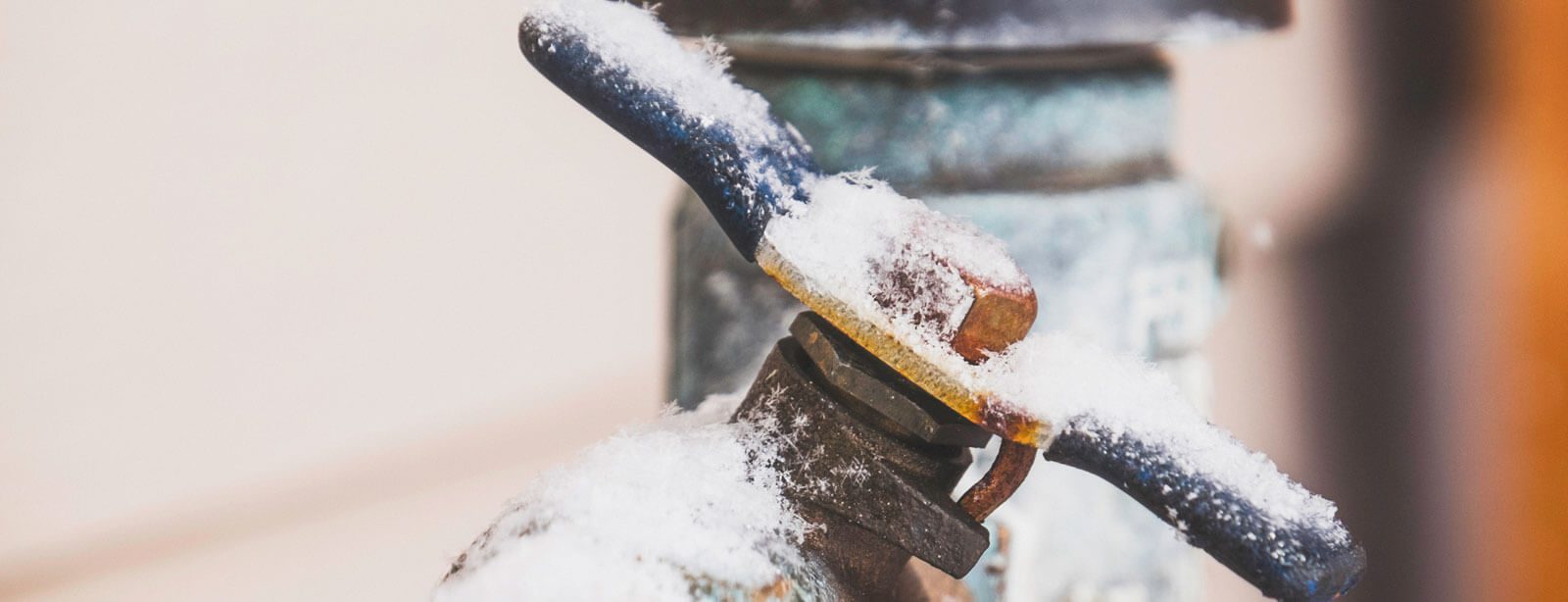Nearly everybody seems to have their own individual piece of advice on the subject of Preventing and dealing with frozen pipes.

Cold weather can damage your pipes, especially by freezing pipelines. Below's exactly how to stop it from happening and what to do if it does.
Introduction
As temperatures drop, the threat of icy pipelines increases, potentially resulting in expensive fixings and water damages. Recognizing how to stop icy pipelines is crucial for property owners in cool environments.
Recognizing Frozen Pipes
What causes pipelines to freeze?
Pipes ice up when revealed to temperature levels below 32 ° F (0 ° C) for extended durations. As water inside the pipes ices up, it broadens, taxing the pipeline wall surfaces and potentially causing them to rupture.
Risks and problems
Frozen pipelines can lead to water disturbances, residential property damages, and expensive repair services. Ruptured pipes can flood homes and trigger extensive structural damage.
Signs of Frozen Water Lines
Determining icy pipes early can prevent them from rupturing.
How to identify frozen pipelines
Try to find decreased water circulation from faucets, unusual smells or noises from pipelines, and visible frost on subjected pipes.
Avoidance Tips
Protecting vulnerable pipes
Cover pipelines in insulation sleeves or use warm tape to protect them from freezing temperature levels. Focus on pipelines in unheated or outside areas of the home.
Home heating techniques
Maintain interior rooms effectively warmed, particularly locations with plumbing. Open up cupboard doors to permit cozy air to circulate around pipes under sinks.
Safeguarding Outside Plumbing
Garden hoses and outdoor taps
Disconnect and drain pipes garden hose pipes prior to wintertime. Install frost-proof faucets or cover outside faucets with protected caps.
What to Do If Your Pipes Freeze
Immediate actions to take
If you suspect icy pipelines, keep faucets open to alleviate pressure as the ice thaws. Make use of a hairdryer or towels soaked in hot water to thaw pipelines gradually.
Long-Term Solutions
Architectural adjustments
Think about rerouting pipelines away from outside wall surfaces or unheated areas. Add added insulation to attic rooms, basements, and crawl spaces.
Updating insulation
Purchase high-grade insulation for pipelines, attics, and walls. Correct insulation assists keep constant temperatures and lowers the danger of icy pipelines.
Verdict
Stopping frozen pipes calls for proactive actions and quick actions. By understanding the causes, indicators, and preventive measures, house owners can protect their plumbing during cold weather.
5 Ways to Prevent Frozen Pipes
Drain Outdoor Faucets and Disconnect Hoses
First, close the shut-off valve that controls the flow of water in the pipe to your outdoor faucet. Then, head outside to disconnect and drain your hose and open the outdoor faucet to allow the water to completely drain out of the line. Turn off the faucet when done. Finally, head back to the shut-off valve and drain the remaining water inside the pipe into a bucket or container. Additionally, if you have a home irrigation system, you should consider hiring an expert to clear the system of water each year.
Insulate Pipes
One of the best and most cost-effective methods for preventing frozen water pipes is to wrap your pipes with insulation. This is especially important for areas in your home that aren’t exposed to heat, such as an attic. We suggest using foam sleeves, which can typically be found at your local hardware store.
Keep Heat Running at 65
Your pipes are located inside your walls, and the temperature there is much colder than the rest of the house. To prevent your pipes from freezing, The Insurance Information Institute suggests that you keep your home heated to at least 65 degrees, even when traveling. You may want to invest in smart devices that can keep an eye on the temperature in your home while you’re away.
Leave Water Dripping
Moving water — even a small trickle — can prevent ice from forming inside your pipes. When freezing temps are imminent, start a drip of water from all faucets that serve exposed pipes. Leaving a few faucets running will also help relieve pressure inside the pipes and help prevent a rupture if the water inside freezes.
Open Cupboard Doors
Warm your kitchen and bathroom pipes by opening cupboards and vanities. You should also leave your interior doors ajar to help warm air circulate evenly throughout your home.

We were brought to that article about 6 Ways to Prevent Frozen Pipes through a buddy on a different web property. Liked our post? Please share it. Let someone else check it out. I value reading our article about How To Avoid Freezing Pipes.
Appointment